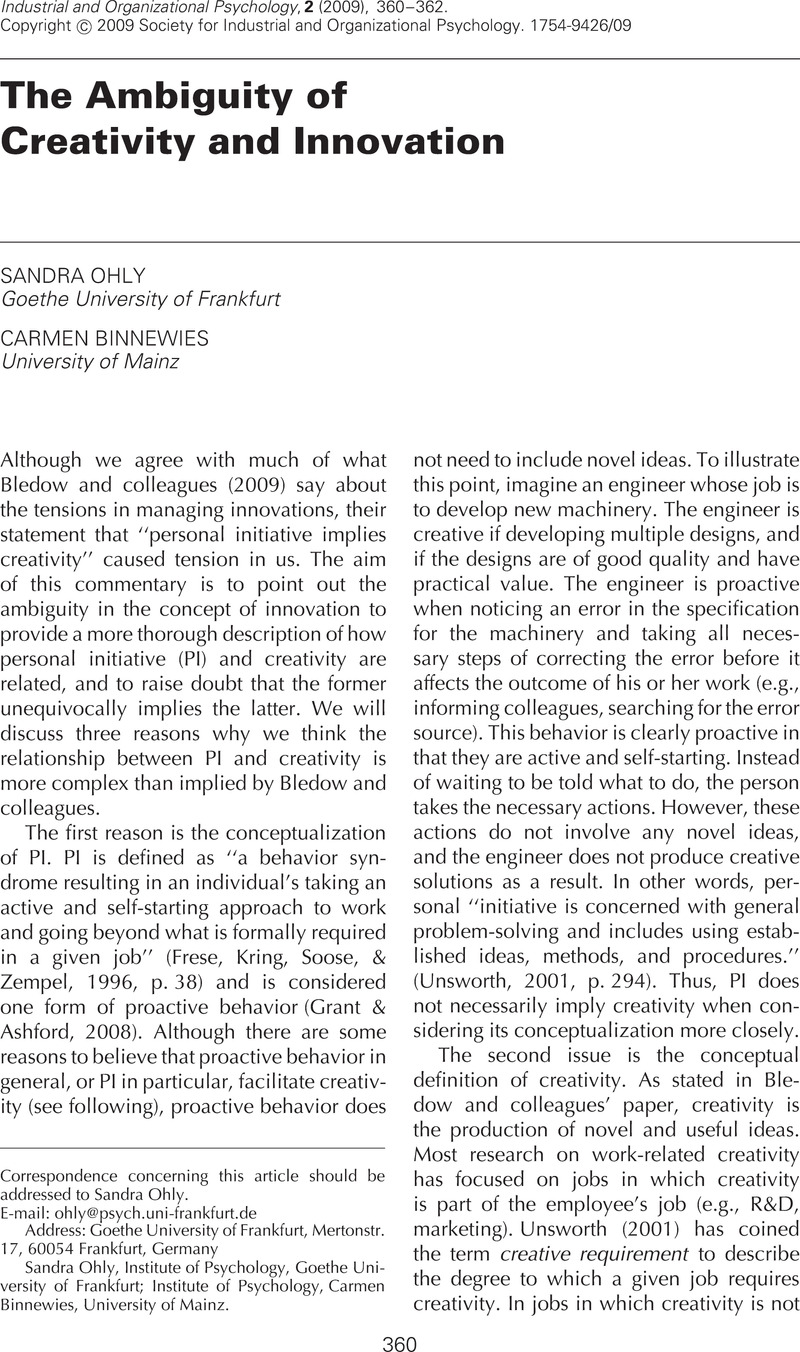Crossref Citations
This article has been cited by the following publications. This list is generated based on data provided by Crossref.
Bledow, Ronald
Frese, Michael
Anderson, Neil
Erez, Miriam
and
Farr, James
2009.
Extending and Refining the Dialectic Perspective on Innovation: There Is Nothing as Practical as a Good Theory; Nothing as Theoretical as a Good Practice.
Industrial and Organizational Psychology,
Vol. 2,
Issue. 3,
p.
363.



